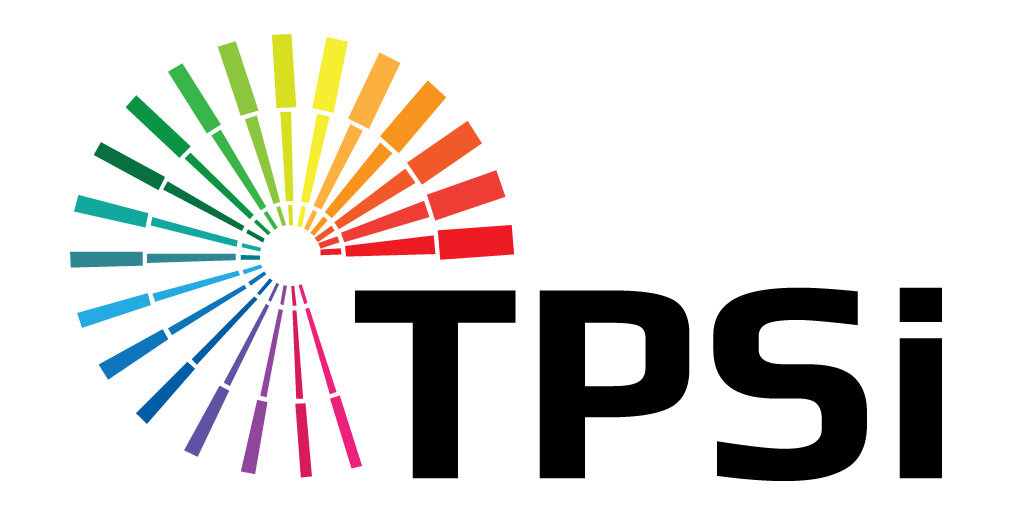The print industry has evolved rapidly, and digital printing now offers speed, flexibility, and personalization that offset printing can’t match. For businesses managing high-volume postcard campaigns, transitioning from offset to digital production can reduce turnaround time, eliminate setup waste, and open new creative opportunities. This guide explains how to make that transition smoothly and cost-effectively.
Step 1: Understanding the Difference Between Offset and Digital Printing
Offset printing uses metal plates and ink transfer for large, consistent print runs. It’s best suited for extremely high volumes. Digital printing, by contrast, uses toner or inkjet technology to print directly from digital files—allowing variable data, short runs, and fast turnarounds.
In short, offset is ideal for large, identical jobs, while digital printing excels at flexibility and personalization.
Step 2: Why Businesses Are Moving to Digital
Companies are switching to digital postcard production for several reasons:
- Faster turnaround times with no plate setup.
- Lower minimum order requirements for targeted campaigns.
- Variable data printing (VDP) for personalized mail.
- Reduced waste and improved sustainability.
- Consistent color quality across short and long runs.
These benefits make digital ideal for modern marketing strategies where speed and flexibility matter.
Step 3: Evaluating When to Transition
If your current offset workflow involves frequent reprints, short runs, or custom mailings, digital may offer better efficiency. Key signs it’s time to transition include:
- Increasing demand for personalized mailings
- Smaller, more frequent print batches
- Rising costs from offset setup and storage
Evaluate your average print volume, cost per piece, and lead times to determine where digital fits best.
Step 4: Preparing Your Files for Digital Production
Transitioning to digital printing requires ensuring your artwork and templates are optimized for digital workflows:
- Use high-resolution PDFs with embedded fonts and images
- Set color profiles to CMYK for accuracy
- Design for edge-to-edge (bleed) output if needed
- Ensure variable fields (like names or offer codes) are clearly labeled for VDP integration
A professional printer like TPSi can help convert existing offset templates into digital-ready files with minimal design adjustments.
Step 5: Benefits of Variable Data Printing (VDP)
Digital printing allows you to customize each postcard with recipient-specific information—names, offers, images, or QR codes. This personalization improves response rates and makes every mailing feel one-of-a-kind. VDP technology connects directly to customer databases, automatically updating data for each printed piece.
Step 6: Managing Costs and ROI
While digital printing can have a higher cost per unit for extremely large volumes, it eliminates setup costs and reduces waste—often balancing or even lowering overall expenses. Plus, personalized campaigns tend to deliver higher ROI, making the transition financially worthwhile.
Step 7: Choosing a Digital Printing Partner
A successful transition depends on choosing the right print partner. Look for a provider that offers:
- Advanced digital presses with variable data capability
- Color management systems for consistent output
- In-house design and mailing services
- Integration with CRM or marketing automation platforms
TPSi’s advanced digital print systems help businesses make the shift effortlessly, combining high-speed production with personalization tools for measurable results.
Step 8: Ensuring a Smooth Transition Process
Start by testing small batches digitally alongside your current offset process. Compare turnaround time, color consistency, and per-piece cost. Once you’re confident in quality and efficiency, you can gradually migrate more jobs to digital workflows. Document best practices and maintain open communication with your print partner throughout the transition.
